
Renewables in India are cheapest in Asia Pacific: report
The levelised cost of electricity using solar power is now 14% cheaper than coal-fired power.
India has emerged as the market leader with the lowest renewable energy cost in Asia Pacific, according to Wood Mackenzie.The country’s levelised cost of electricity (LCOE) using solar photovoltaic (PV) has fallen to US$38 per MWh this year, 14% cheaper than coal-fired power.
Wood Mackenzie research director Alex Whitworth commented, “India is the second-largest power market in Asia Pacific with installed power capacity of 421GW. Solar capacity is expected to reach 38GW this year. High-quality solar resources, market scale and competition have pushed solar costs down to half the level seen in many other Asia Pacific countries.”
Meanwhile, Australia’s solar costs—which are already competitive against gas power—are soon expected to break through the coal-fired power price barrier. Solar LCOE has fallen 42% in the past three years and is expected to reach US$48/MWh in 2020, beating out all fossil fuel competitors.
Whitworth added, “Maintaining grid stability and reducing curtailment of intermittent generation has been a recurring challenge in Australia. Energy storage is one of the key options available to help balance power demand and keep uninterrupted supply.”
Whilst solar costs are falling across the region, the average LCOE for wind and solar in Asia Pacific are still 29% higher than coal-fired power. Wood Mackenzie forecasts that this premium will disappear by 2027, greatly increasing direct competition between renewables and coal.
By 2030, renewable power is expected to have a discount to coal-fired power of around 17% on average across the region. Malaysia, Indonesia and Japan will be the only countries with higher renewable LCOE compared to coal, WoodMackenzie added.
Whitworth said, “Lower costs will boost wind and solar generation’s share of the power mix from the current 6% to a much higher level in coming years. This will create both opportunities and disruption in the industry.”


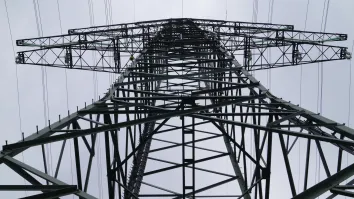
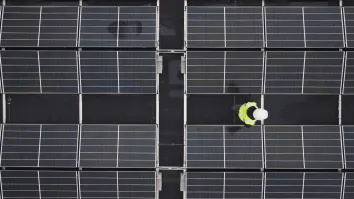
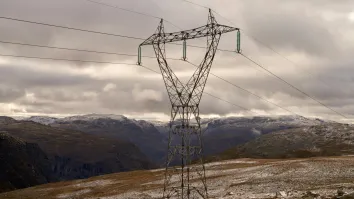

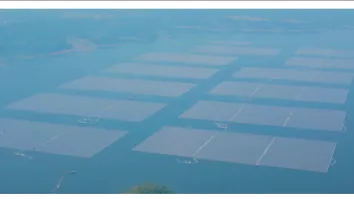
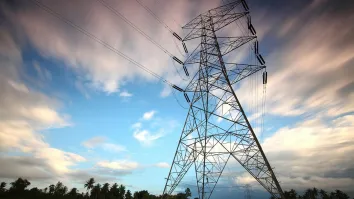






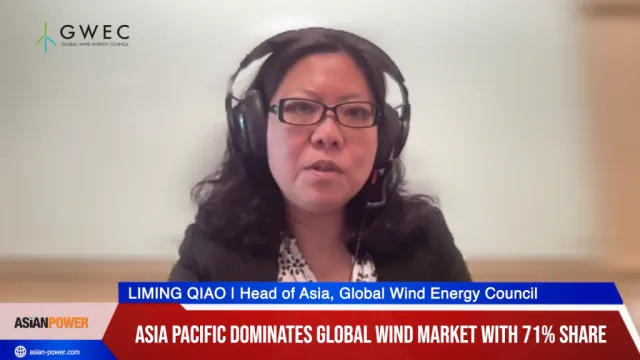
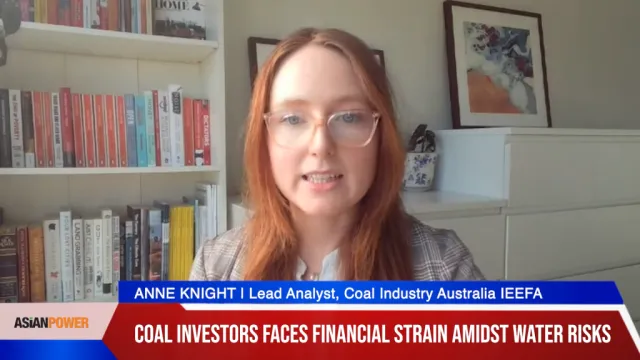
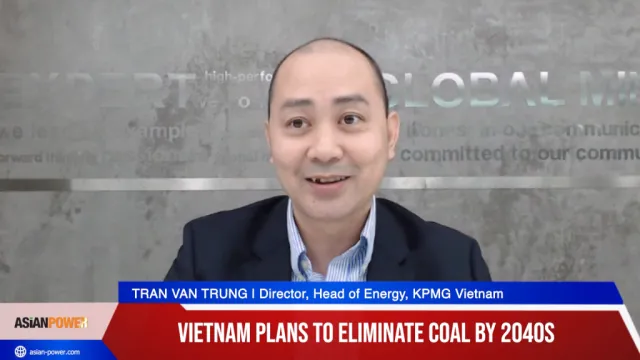
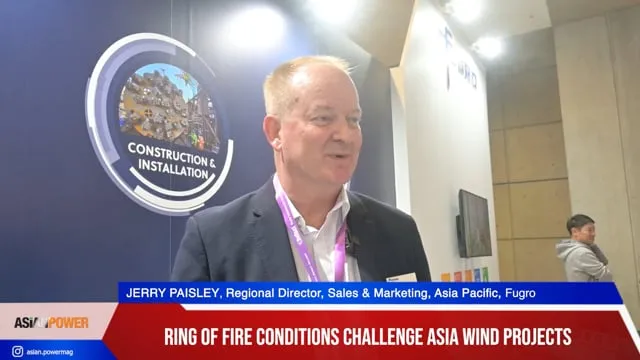

 Advertise
Advertise






